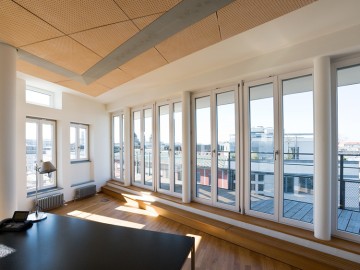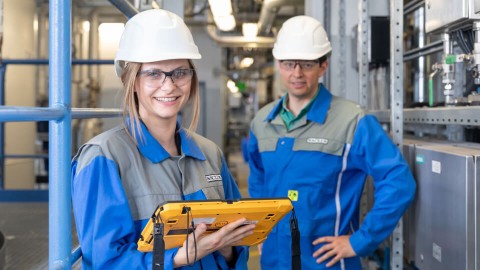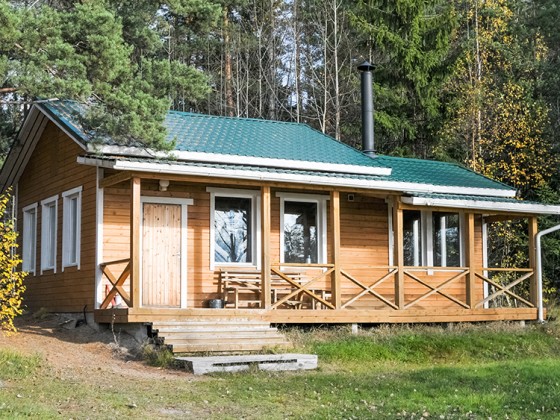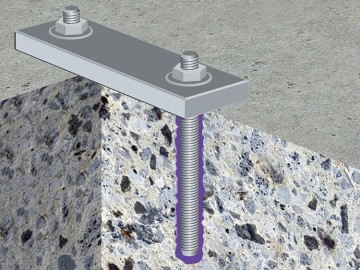VINNAPAS® Vinyl Acetate-Ethylene (VAE) Polymer Dispersions
In the manufacture of fire-retardant EPS (expanded polystyrene) foam, VINNAPAS® vinyl acetate-ethylene (VAE) polymer dispersions serve as a binder for good adhesion of the functional coating to the particles and of the particles among each other. They are especially effective, as VAE exhibits inherently lower flammability than comparable technologies and shows very good compatibility with general ingredients for flame-retardant formulations, such as phenol, melamine, borax, aluminum hydroxide, magnesium hydroxide, carbon black or expandable graphite. The fire-retardant EPS foam can be used in the manufacture of aluminum structural insulated panels.
Benefits:
- Cost-effective and easy to process
- Exceptional dimensional stability of EPS board after curing
- Excellent bonding between EPS particles
- Good water resistance and non-slip properties
- Excellent tack properties
- Very good compatibility with widely used flame-retardant additives
- Significantly reduced flammability of EPS sandwich panels
Applications:
- Panels
- Insulation facing film















